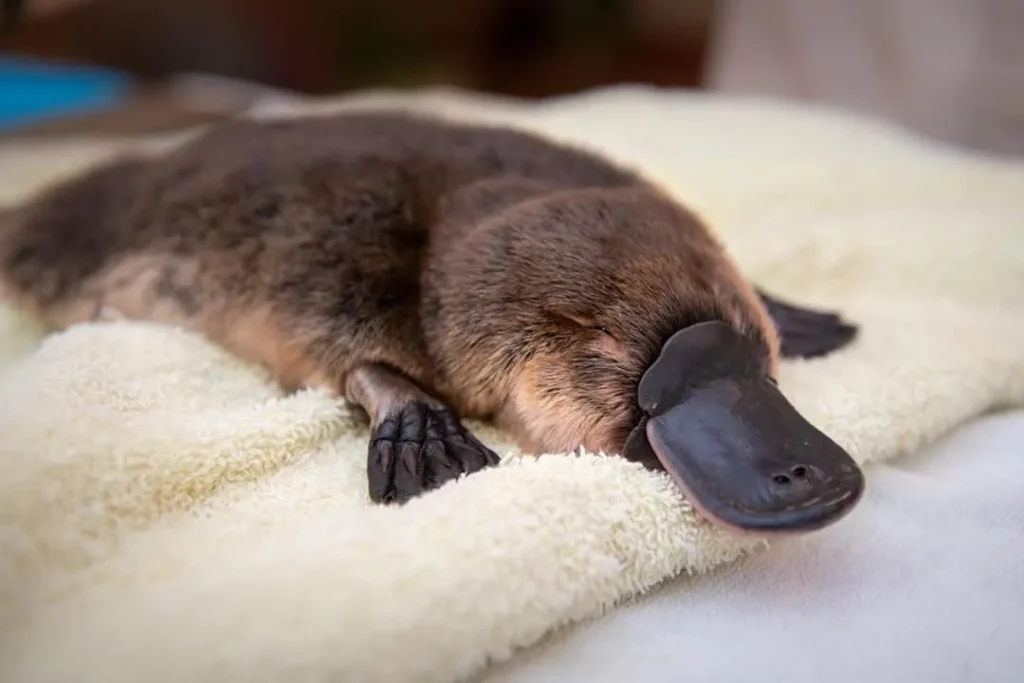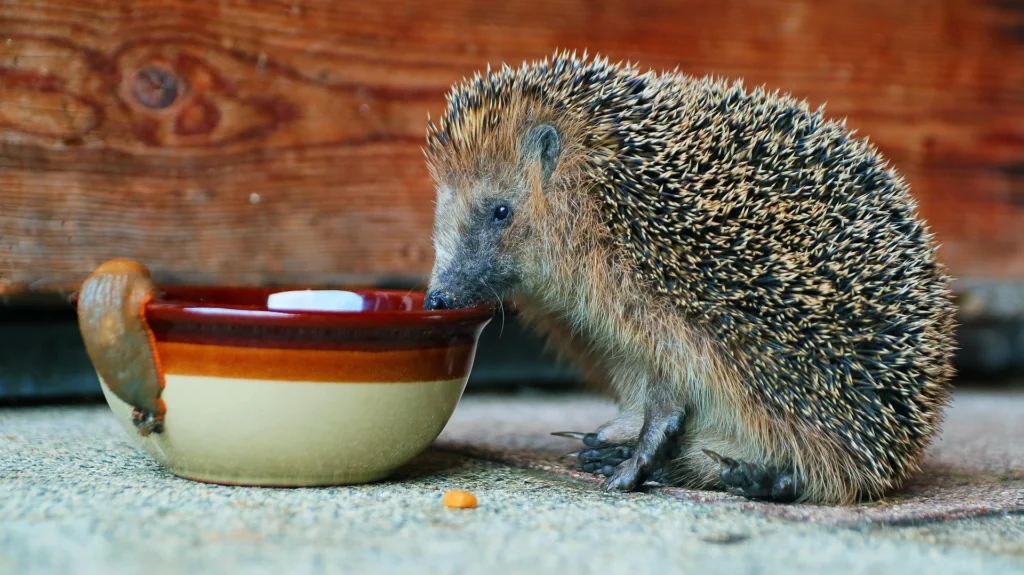Platypuses (Ornithorhynchus anatinus) are among the most unique creatures on the planet. With their duck-like bills, webbed feet, and egg-laying abilities, they seem like an animal straight out of a fantasy world. But despite their cute appearance, owning a pet platypus is not just difficult—it is practically impossible.
This guide will cover everything you need to know, including whether platypus pets are legal, how much they would cost, and the extreme challenges of caring for one.
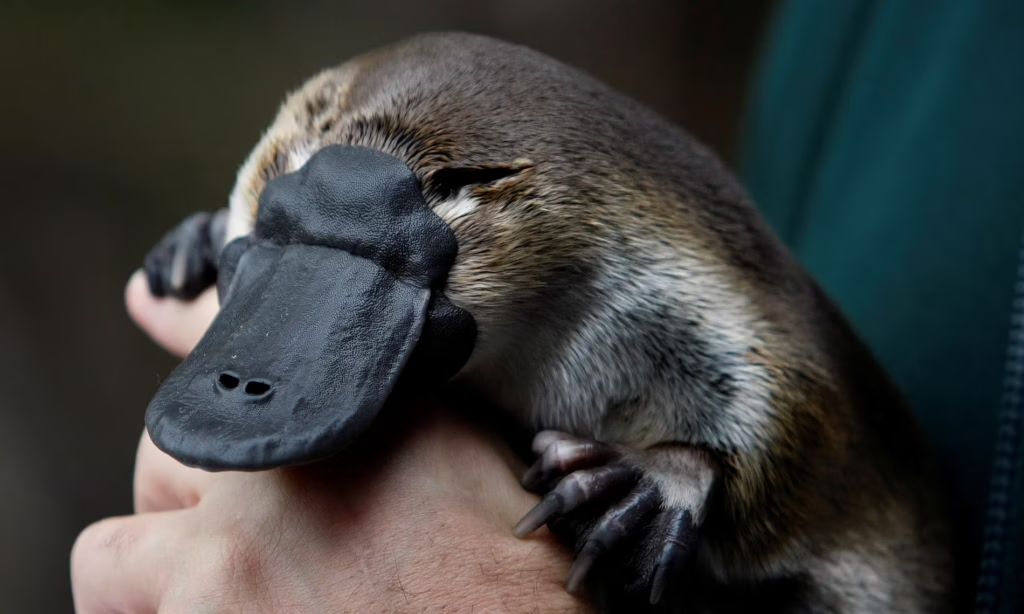
Owning a platypus as a pet is a complex endeavor due to their unique habitat and dietary needs. For insights into other exotic pets, consider reading about the Aardvark as a Pet.
Is It Legal to Own a Platypus?
Can you have a platypus as a pet? The short answer is no. Platypuses are wild animals that live in Australia and they need the right environment to thrive. It is not only illegal to keep them as pets in Australia but also to export them as pets to other countries.
Where Is It Legal to Own a Platypus?
It is illegal to own a platypus anywhere in the world. The Australian government classifies them as a protected species, meaning they cannot be bred, traded, or sold. Only licensed wildlife professionals can temporarily have a platypus in their care for conservation or rehabilitation purposes.
Even zoos struggle to keep them, as very few have successfully housed platypuses outside Australia. Currently, the San Diego Zoo Safari Park is one of the only places outside Australia where you can see a real platypus.
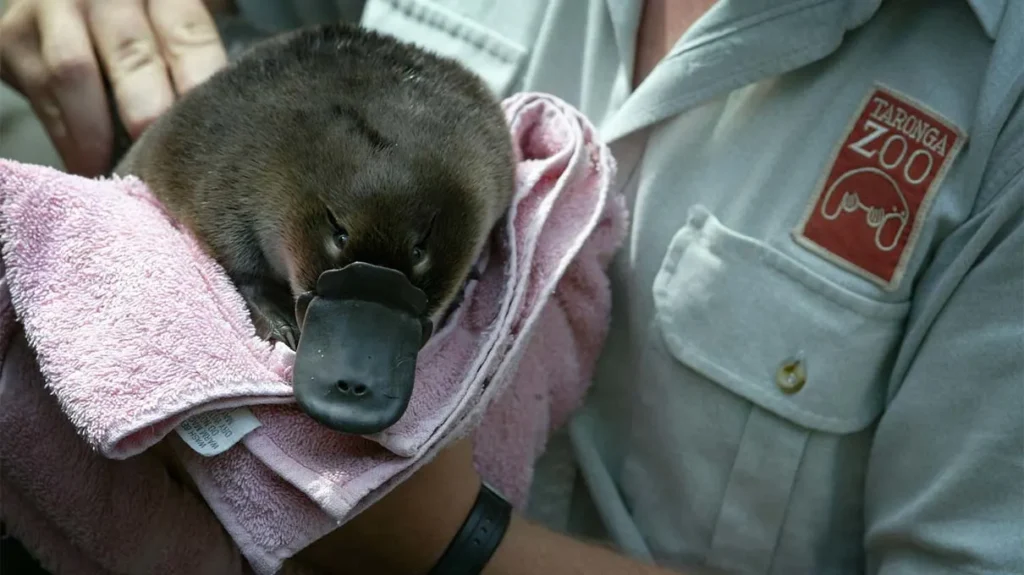
How Much Does a Platypus Cost?
Owning a platypus is illegal, so you cannot buy one. Platypuses are protected wildlife in Australia, and exporting them is strictly prohibited. Even zoos and research institutions find it extremely difficult to house them due to their specialized care needs, including a controlled aquatic habitat, live food, and veterinary care.
Platypus Pet Price
Since platypuses are illegal to own, there is no real market price for a pet platypus. However, if they were legal, the price would likely be $50,000 to $300,000 per individual due to their extreme rarity and specialized care needs.
Price of a Baby Platypus
A baby platypus, called a puggle, would be even more expensive due to the difficulties of breeding them. If sold, a baby platypus could cost over $500,000, as even zoos struggle to keep them alive.
Cost of Caring for a Platypus
Even if it were legal to own a platypus pet, the expenses would be astronomical:
- Large aquatic habitat: $50,000+ for setup
- Water filtration system: $10,000+ to maintain high water quality
- Live food (worms, crayfish, insects): $3,000-$10,000 per year
- Veterinary care: $5,000-$20,000 per year (if specialists are available)
Platypuses require pristine water conditions, constant food supply, and specialized care, making them one of the most expensive animals to keep in captivity.

Caring for a Pet Platypus
As exotic as they are, so difficult is it to keep platypuses in captivity. Even zoos and research institutions struggle regularly with caring for these animals. They have specific habitat and feeding requirements that make keeping them prohibitively expensive for individuals.
Habitat Requirements
Platypuses live in murky freshwater habitats such as rivers, streams, and wetlands. They require:
- A large space: Their home range in the wild is 90-170 acres.
- Fresh, unpolluted water: They are sensitive to toxins.
- Hiding spots: They use logs, rocks, and burrows for protection.
- Soft riverbanks for burrowing: They dig burrows up to 65 feet long.
Diet and Feeding
Platypuses have a high metabolism, eating 20-50% of their body weight daily. Their diet includes:
- Aquatic invertebrates (worms, larvae, and snails)
- Small fish and crustaceans (like crayfish)
- Live food only (they won’t eat processed food)
Maintaining this diet in captivity is extremely challenging. The cost and logistics of continuously supplying fresh live food make it nearly impossible.
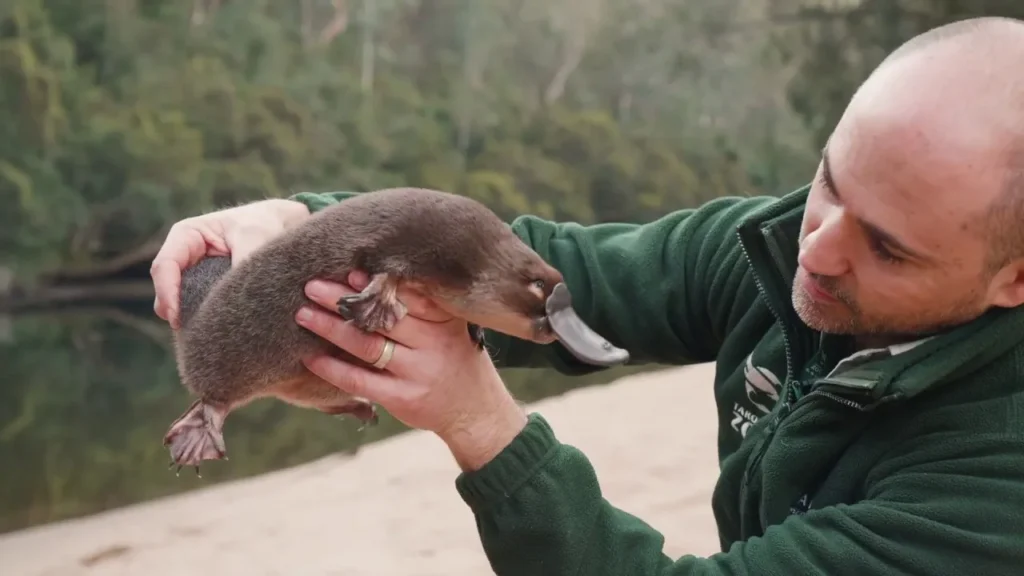
Behavior and Temperament
Unlike dogs or cats, platypuses do not enjoy human interaction. They are shy, solitary creatures that do not like to be handled.
At Healesville Sanctuary in Victoria, Australia, one platypus enjoys limited interaction with humans, but this is extremely rare. Generally, platypuses are not friendly pets.
Are Platypuses Dangerous?
Platypuses are generally not aggressive, but males can be dangerous due to their venomous spurs. During the breeding season, male platypuses have a sharp spur on each hind leg that delivers venom capable of causing excruciating pain and swelling in humans and animals. While the venom is not lethal to humans, it can cause long-lasting pain that resists painkillers. Other than their venomous spurs, platypuses are shy and avoid human interaction, posing little threat unless handled.
Platypus Venom: Can a Platypus Kill You?
Male platypuses have venomous spurs on their hind legs, which they use during the mating season. Their venom cannot kill humans, but it causes excruciating pain that can last for weeks or even years.
Reports suggest that even morphine does not alleviate the pain. Their venom can kill smaller animals and possibly cause severe reactions in children.
Can You Hold a Platypus?
No. Platypuses are wild animals that do not tolerate handling. In addition to their venom, they have sharp claws and strong bills.

Platypuses are fascinating creatures with distinct characteristics. To explore more about their diet and lifestyle, check out our article on What Do Platypus Eat?.
Reproduction and Lifespan
Do Platypuses Lay Eggs?
Yes. Platypuses are monotremes, meaning they are mammals that lay eggs instead of giving birth to live young. Platypus eggs hatch after about 10 days, and the mother nurses her young by secreting milk through her skin.
How Long Do Platypuses Live?
In the wild, platypuses can live up to 20 years. However, in captivity, they rarely survive long due to the challenges of replicating their natural environment.
Are Platypuses Endangered?
The platypus (Ornithorhynchus anatinus) is currently classified as Near Threatened by the International Union for Conservation of Nature (IUCN). While it is not yet considered endangered, its population is declining due to various threats.
Threats to Platypus Populations:
- Habitat Destruction – Land clearing, dam construction, and water pollution are reducing suitable habitats.
- Climate Change – Droughts, floods, and rising temperatures affect their aquatic environments.
- Predation – Introduced species like foxes, dogs, and cats prey on platypuses.
- Fishing and Litter – Nets, fishing lines, and plastic waste can entangle and kill them.
- Waterway Modifications – Changes in river flow and water extraction reduce their food sources.
Conservation Efforts:
Public Awareness – Conservation groups promote responsible land and water manageme
Protected Areas – Some regions in Australia have protected habitats for platypuses.
Research and Monitoring – Scientists are studying populations to track declines.
Conservation Status
Platypuses are classified as Near Threatened by the IUCN Red List due to habitat destruction, climate change, and pollution. Bushfires have also drastically reduced their population in Australia.
Efforts to Protect Platypuses
Since they are protected animals, conservation efforts focus on habitat restoration and breeding programs. Exporting or owning a pet platypus is strictly forbidden.
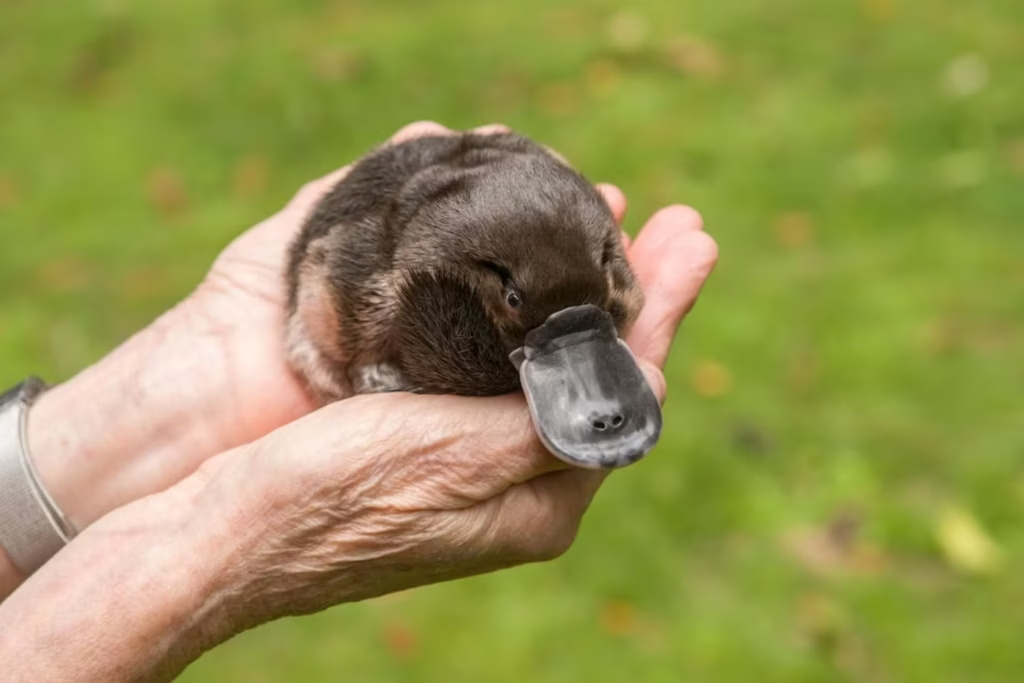
Frequently Asked Questions
Can You Adopt a Platypus in the US?
No, you cannot legally adopt or own a platypus in the U.S. as a pet because they are protected wildlife native to Australia. Exporting them is illegal, and they require specialized freshwater habitats, live food, and specific conditions that make captivity extremely difficult. Additionally, male platypuses have venomous spurs, posing a danger to humans. Even professional zoos struggle to keep them, with only a few in Australia successfully housing them. However, you can symbolically adopt a platypus through conservation programs like the Australian Platypus Conservancy or Taronga Conservation Society, which help protect their populations.
How Much Does It Cost to Feed a Platypus?
Feeding a platypus is expensive because they require a diet of live aquatic prey. In captivity, a single platypus eats about 20% of its body weight daily, primarily consisting of crayfish, worms, insect larvae, and small aquatic invertebrates. This can cost $9,000 to $15,000 per year per platypus, depending on food availability and location. Zoos and wildlife centers that house platypuses must also maintain specialized water filtration systems and habitats, adding to the overall cost of care.
Can Platypuses Breathe Underwater?
No, platypuses cannot breathe underwater because they have lungs and rely on air to survive. However, they are excellent swimmers and can hold their breath for 30 to 60 seconds while diving to hunt for food. When submerged, they close their eyes, ears, and nostrils to stay streamlined and use their sensitive bill to detect prey through electroreception. After a short dive, they must surface to breathe before diving again.
Can Platypuses See?
Yes, platypuses can see, but their vision is not their primary sense. Their eyes are relatively small and located on the sides of their heads, giving them a wide field of view. However, when swimming underwater, they close their eyes, ears, and nostrils, relying instead on their electroreceptive bill to detect prey. While they can see well on land, their vision is believed to be adapted for low-light conditions, as they are most active during dawn and dusk (crepuscular behavior).
Are Platypuses Marsupials?
No, platypuses are not marsupials; they are monotremes, a unique group of egg-laying mammals that also includes echidnas. Unlike marsupials (such as kangaroos and koalas), which give birth to live young and often carry them in pouches, female platypuses lay eggs and incubate them by curling around them in a burrow. After hatching, the mother feeds her young with milk, which is secreted through specialized skin glands rather than nipples.
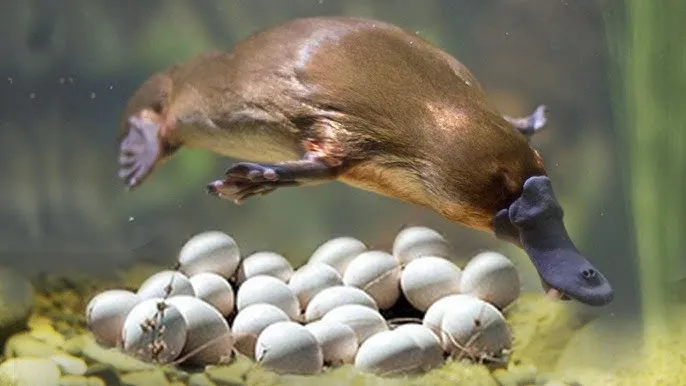
Final Thoughts
While a pet platypus may seem like an interesting idea, it is not feasible. They are illegal to own, extremely difficult to care for, and dangerous due to their venomous spurs.
If you love platypuses, the best way to appreciate them is by supporting conservation efforts or visiting them at specialized zoos. They are fascinating, but they belong in the wild—not in a home.
